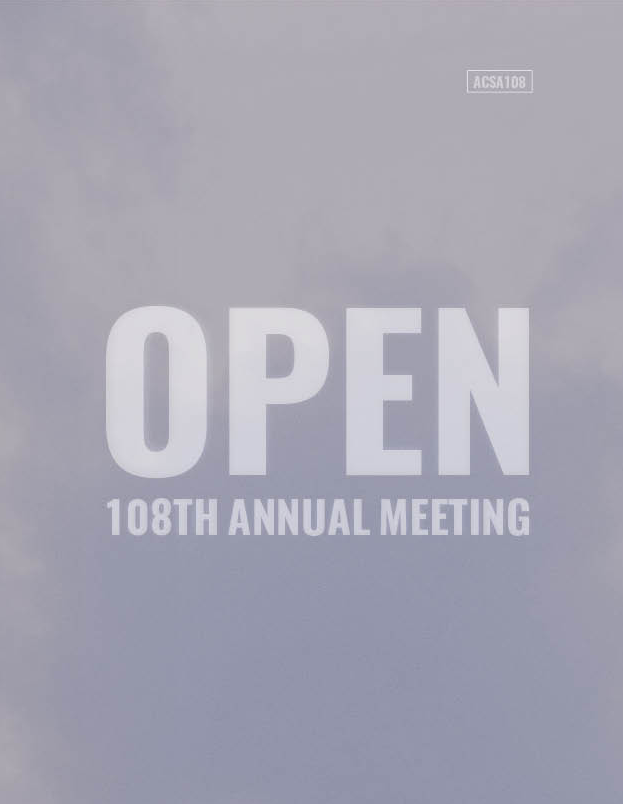Author(s): Gray Read
“Quando dibujo, lo recuerdo todo“ (When I’m drawing, I remember everything). Ana, a sixteen-year-old agricultural worker from Guatemala who had emigrated to South Florida, drew a simple map of her neighborhood back home. A house, a garden with corn and fruit trees, a school, a market, and her grandmother’s house, were surrounded by mountains and forest. As she talked about her experience there and her more recent situation working in an orchid nursery, architecture students also made drawings to give visual form to the places of her story. Our project was an interdisciplinary class with English literature majors, to collect oral histories of immigration and climate justice. We worked with a local non-profit organization, WeCount! in Homestead, Florida to focus on the experience of agricultural workers from Mexico and central America, who had left their drought-stricken countries, only to face other climate-change exacerbated risks in South Florida agriculture, such as heat stress. As architects,we approached story-telling visually, and developed memory mapping as a specific technique that opened a spatial point of view in counterpoint to linear narrative. The maps combine plan and view, and have no consistent scale, and shift scales as needed. As part of the oral history project, memory maps and images represented experience spreading out in space rather than moving forward in time as narrative. They show a field of relationships between people, places, activities, and situations, simultaneously live in memory, and suggest the dense multiplicity of physical experience well beyond the details necessary to drive the immigrant narrative. The images that the students drew, whether warm and wistful harsh and horrifying, reveal a human connection in the places of memory.
https://doi.org/10.35483/ACSA.AM.108.114
Volume Editors
ISBN
978-1-944214-26-5

 Study Architecture
Study Architecture  ProPEL
ProPEL 
